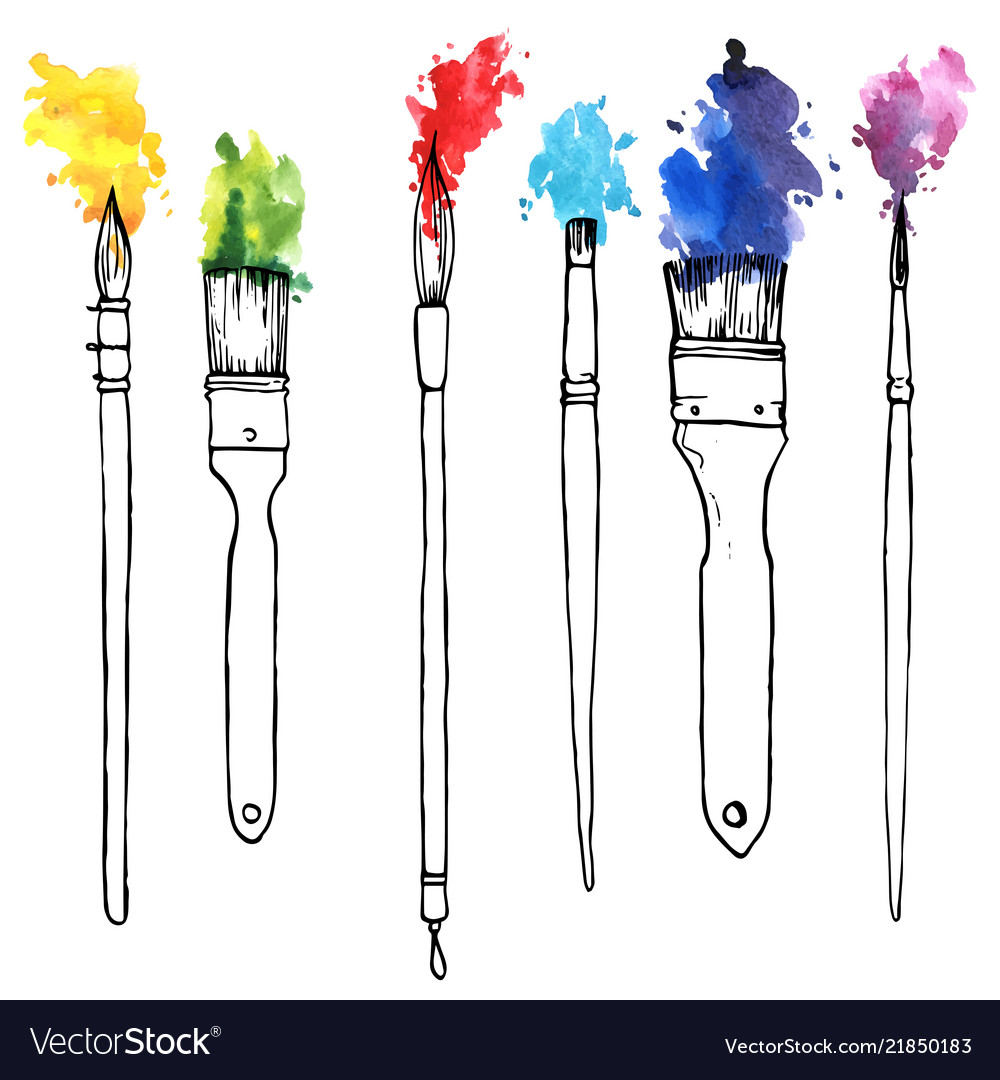Paint drawing
Table of Contents
Table of Contents
Are you a beginner artist who wants to learn how to draw in paint? Look no further! Drawing in paint can be a challenge, but with the right techniques and practice, anyone can create beautiful works of art.
As a beginner, you may feel overwhelmed and unsure of where to start. Some common obstacles you may face include choosing the right materials, understanding color theory, and mastering different painting techniques.
The first step to drawing in paint is familiarizing yourself with your materials. Invest in good quality brushes, paints, and a canvas. Once you have your supplies, experiment with different colors, textures, and tools to find your unique artistic style.
To begin, draw a rough sketch of your subject on the canvas before painting. Using a light pencil or even charcoal, sketch out the basic shapes and outlines of your subject. This will serve as a guide for your painting and help you to create a well-proportioned and accurate piece of art.
When painting, start with broad brushstrokes and gradually add details. Don’t be afraid to make mistakes, as they can be corrected with additional layers of paint. Remember to blend your colors well and use light, subtle strokes for a more realistic effect.
Choosing the Right Paints
When it comes to choosing the right paints, there are two main types to consider: acrylic and oil. Acrylics are water-based and dry quickly, making them a great option for beginners. Oils, on the other hand, take longer to dry and require solvents for cleanup.
Personally, I prefer using acrylic paints as they are more user-friendly and versatile. However, some artists prefer oil paints for their rich, vibrant colors and blending capabilities. It is best to experiment with both and find what works best for you.
The Importance of Color Theory
Understanding color theory is crucial to creating visually appealing works of art. Colors can convey different emotions and moods, and when used together, can create a powerful impact. Take the time to learn about primary, secondary, and tertiary colors, as well as complementary color schemes and color mixing.
One helpful tip is to play with different color combinations and see how they interact with each other. You may be surprised at how changing one color can completely transform your painting.
Mastering Different Techniques
There are several painting techniques to learn, including blending, glazing, and impasto. Blending involves mixing two or more colors together to create a smooth transition. Glazing involves layering transparent colors over each other for a luminous effect. Impasto involves applying thick layers of paint to create texture and depth.
Experiment with these techniques and see what works best for your painting style. Don’t be afraid to make mistakes and take risks with your artwork.
Practice Makes Perfect
Drawing in paint takes time and practice to perfect. Don’t get discouraged if your first few attempts aren’t as polished as you’d like. With perseverance and determination, you can improve your skills and create stunning works of art.
Question and Answer
Q: Can I mix acrylic and oil paints?
A: It is not recommended to mix acrylic and oil paints, as they have different properties and drying times. Stick to using one type of paint per painting.
Q: What’s the best way to clean my brushes?
A: For acrylic paints, rinse your brushes with warm water and soap. For oil paints, use a solvent such as mineral spirits or turpentine.
Q: How can I prevent my paints from drying out?
A: Keep your paints in airtight containers and store them in a cool, dry place. You can also use a spray bottle to mist your paints with water to keep them moist.
Q: Do I need to prime my canvas before painting?
A: It is recommended to prime your canvas before painting to create a smooth, even surface for your paint. You can use acrylic gesso or a similar primer to prepare your canvas.
Conclusion of how to draw in paint
Drawing in paint can be a rewarding and fulfilling experience. With the right materials, understanding of color theory, and mastery of painting techniques, anyone can create beautiful works of art. Remember to experiment, practice, and have fun with your artwork!
Gallery
Paint Drawing - Popular Century

Photo Credit by: bing.com / wet
Drawing With Paint - Club23

Photo Credit by: bing.com /
Free Images : Writing, Blossom, Creative, Bloom, Wall, Color, Paint

Photo Credit by: bing.com / painting acrylic brush paint drawing draw sketch artists writing creative wall painter strokes brushes canvas pencils creativity illustration paints bloom
Paint Drawing - Popular Century

Photo Credit by: bing.com / paintbrushes brush codejans
Art Drawing Ideas Watercolor - Drawing With Crayons

Photo Credit by: bing.com / artistro pains





